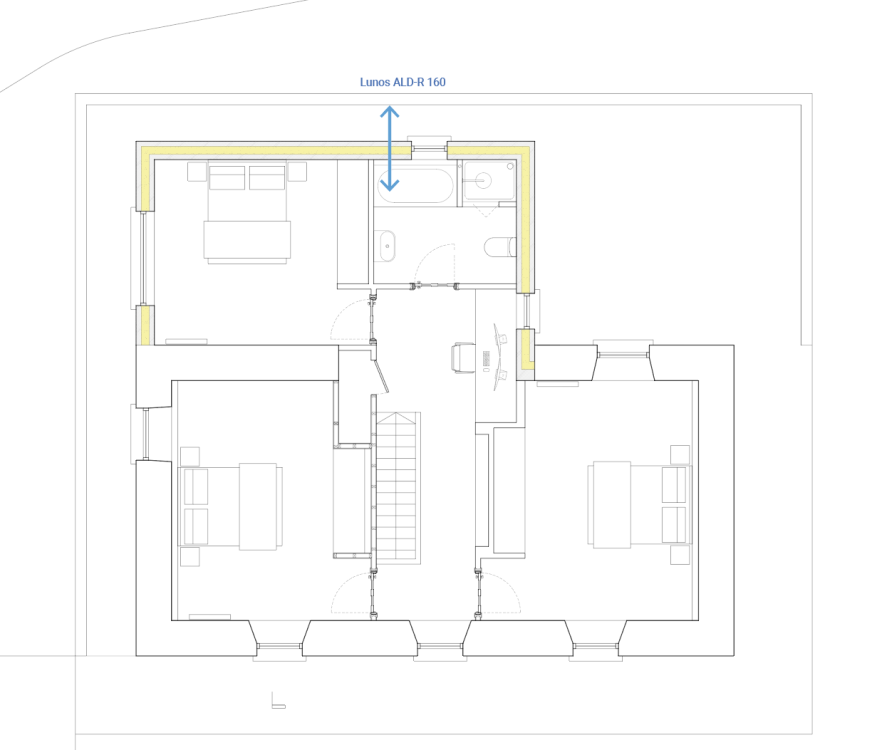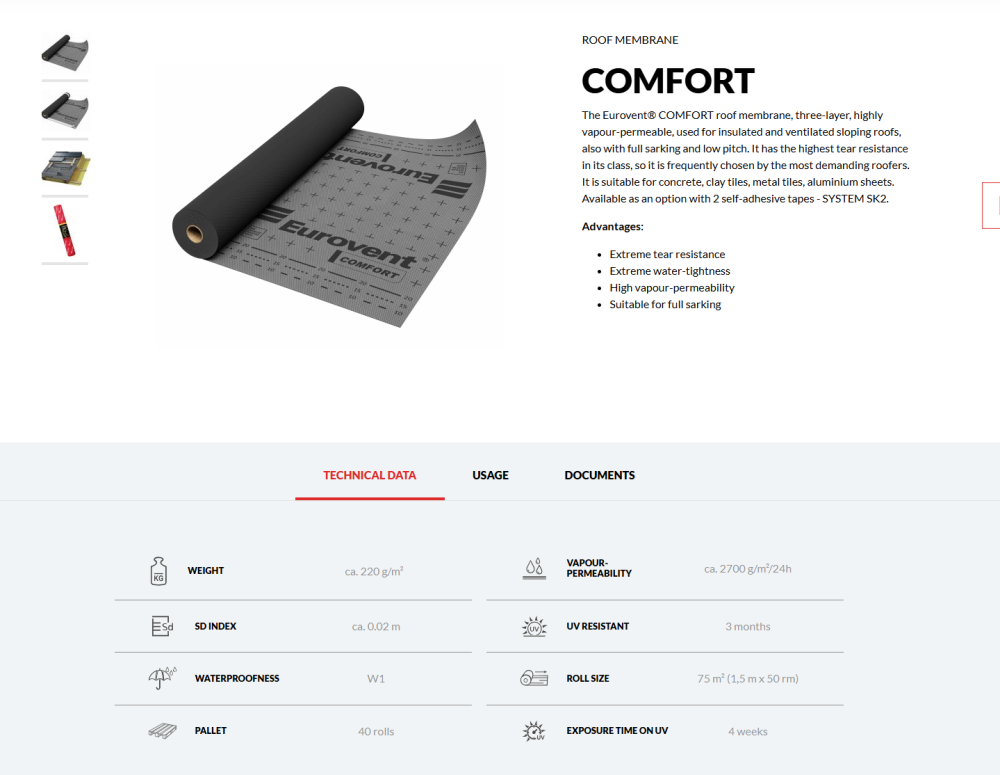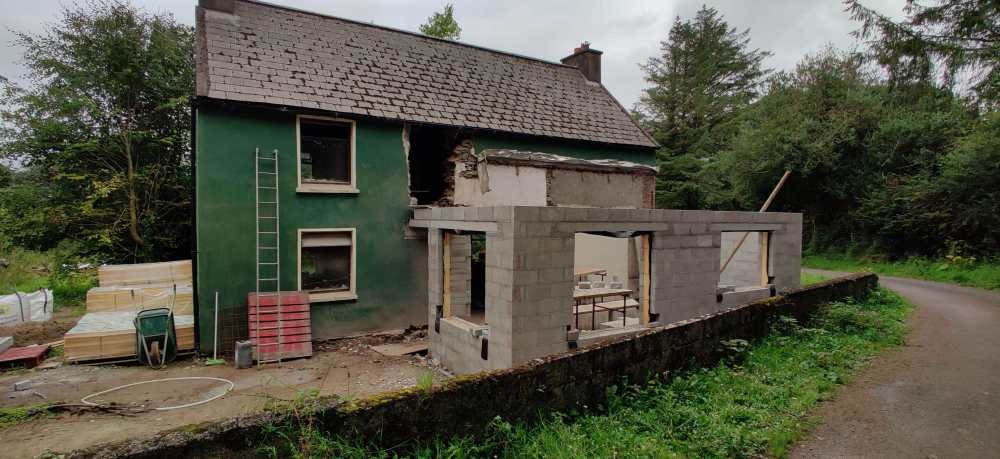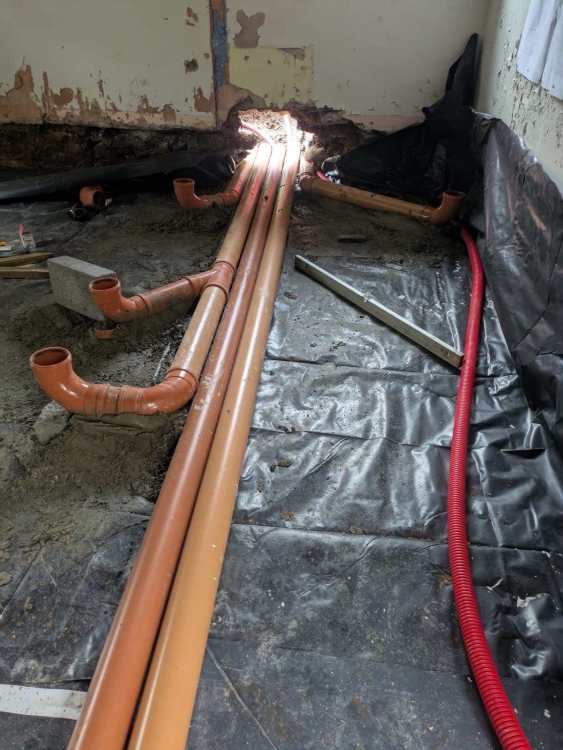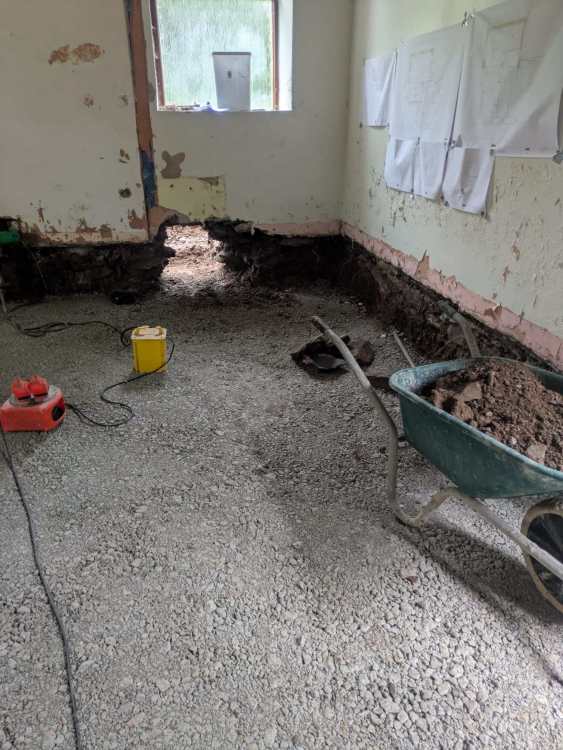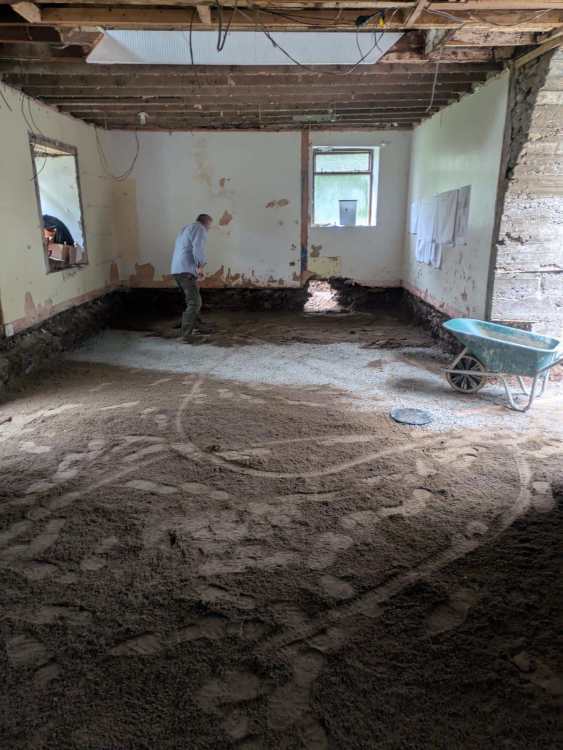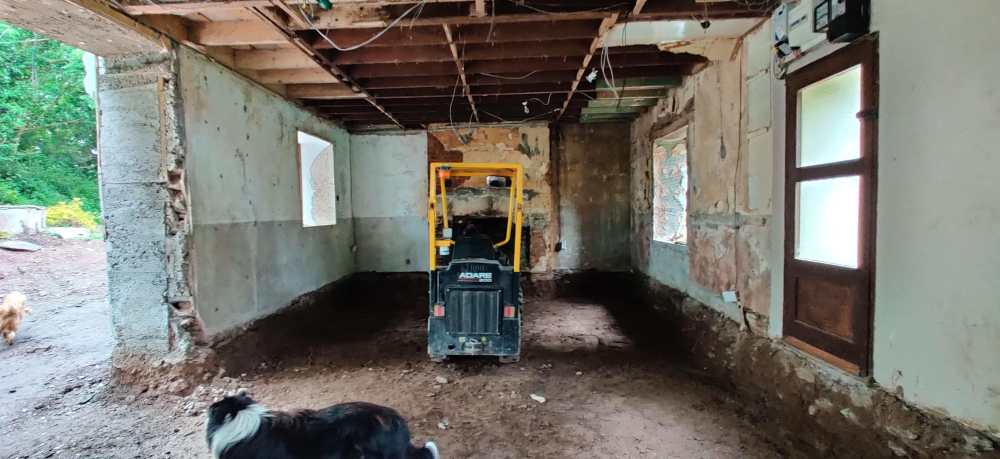-
Posts
176 -
Joined
-
Last visited
Personal Information
-
Location
Ireland
Recent Profile Visitors
The recent visitors block is disabled and is not being shown to other users.
Bemak's Achievements

Regular Member (4/5)
20
Reputation
-
I don't think it will ever be airtight enough for it. I'm happy with a simple system like what John was recommending. Whatever works!
-
super - thanks for that. Those Greenwood fans look ideal. any recommendations for humidity activated passive vents?
-
Looking to bottom out the ventilation strategy for a farmhouse I'm renovating at the moment. Had originally thought I'd go for a MEV system but I've since started to lean towards a dMEV system instead. The house is gutted at the moment so I'm thinking it would be a good time to start coring vents in the stone walls and get the mess over and done with. At the moment this is my thinking (based on the Lunos system. doesn't have to be Lunos). Note all windows will have trickle vents.: GROUND FLOOR passive vent in sitting room for stove extract wall vent in WC - which would also help vent the small utility adjacent (washing machine only, no dryer) another vent in the kitchen dining - the Ego is a new exhaust fan with heat recovery from Lunos kitchen will also have a separate extractor over hob. just not shown below. FIRST FLOOR extract vent in bathroom (Lunos ALD-R or Silvento). while all windows will have trickle vents, my feeling is I probably need another passive vent in the landing to balance pressure? I could core a vent in the wall at the bottom, to the left of the window but I would rather not have a vent here on the elevation. Could I provide a passive vent serving the landing via the attic/slate vent instead? if I need one? I originally had planned to duct a MEV system all around the house but I'm leaning towards the above because it seems a lot more straightforward? Appreciate any thoughts and advice.
-

replacing existing floor with new slab - minimum excavation
Bemak replied to Bemak's topic in Floor Structures
i think it will work out fine, particularly when we introduce a french drain. -

replacing existing floor with new slab - minimum excavation
Bemak replied to Bemak's topic in Floor Structures
-

replacing existing floor with new slab - minimum excavation
Bemak replied to Bemak's topic in Floor Structures
sorry - i never got a notification on this post. In the end we dug down about 500mm and put in 100mm compacted hardcore, blinding, radon barrier, and then a 150mm subfloor. Once the extension is built, the next stage is 150mm insulation, 70mm screed with UFH and then the floor finishes. I’ll post some pics now of the progress -
Ah - a buffer tank is what I understand that as. Sorry I was getting a bit mixed up. Yes we'll have a buffer tank in the system to stop the boiler from cycling. It will be a pressurised system with a cold water storage in attic, hot water cylinder in a first floor HP. I don't have a layout yet as I'm trying to decide on the system upstairs. I'm going to locate a manifold downstairs which will take the feed from the boiler and stove. It will link in with another manifold upstairs which will distribute to HWT and rads/UFH. The house is only 140sqm so it should be a fairly neat setup.
-
The boiler will be linked to a manifold under the stairs and from there it will run to the various areas/tank. I will have a back boiler from the stove feeding the system also. I'm not sure if that means I would be pulling water from thermal store? That's a good point though - if the bedrooms are ticking over anyway then the reaction time is less critical. New insulated slab going in downstairs with UFH hence why i thought I might just put it everywhere.
-
sorry - should have mentioned that. It will be an oil boiler
-
I'm in the middle of a refurb and I'm trying to decide whether I go for rads or UFH for the first floor bedrooms. My preference is for UFH to avoid hanging rads but my plumber thinks that rads would be better as they'll heat the space quicker. I don't disagree, particularly as I would be proposing to have the UFH pipework in pregrooved PLY under an engineered timber floor. I appreciate that the reaction time would be slower as the timber floor above the pipework would act as an insulator - but I'm not sure if that would be a major problem as we would typically only have the bedrooms at 19 degrees anyway. Just wondering if anyone has UFH in a similar scenario and how its working out? If you had the chance to redo it, would you go for rads instead?
-
I hacked a bit of render off a few years ago to see how labour intensive it would be. Found 3 layers of render had been added over time and it was very difficult to remove, often pulling stone with it. So I repaired the patch I removed. The intention is to render the house completely in the end. I had originally looked at dry lining internally but we've opted to go for 40mm of insulating lime render instead. I was told that over insulating internally could be a bad thing as the walls would sweat behind the gutex board.
-
Thanks John. That's interesting. Hoping to achieve that level of airtightness. I guess once the envelope is sealed we could carry out a test to see where it's at before deciding on MVHR. As you say, I'd probably be happy with a MEV setup. dMEV isn't really an option as I don't want to go coring 600mm thick rubble stone walls. I'm reroofing the house so I'll be able to add vents to the roof for a MEV system



